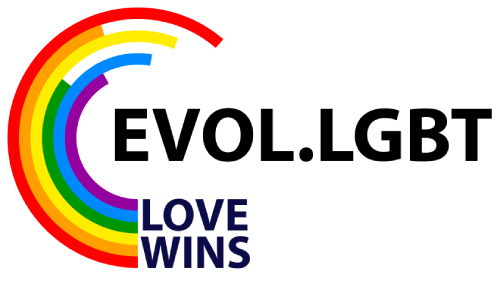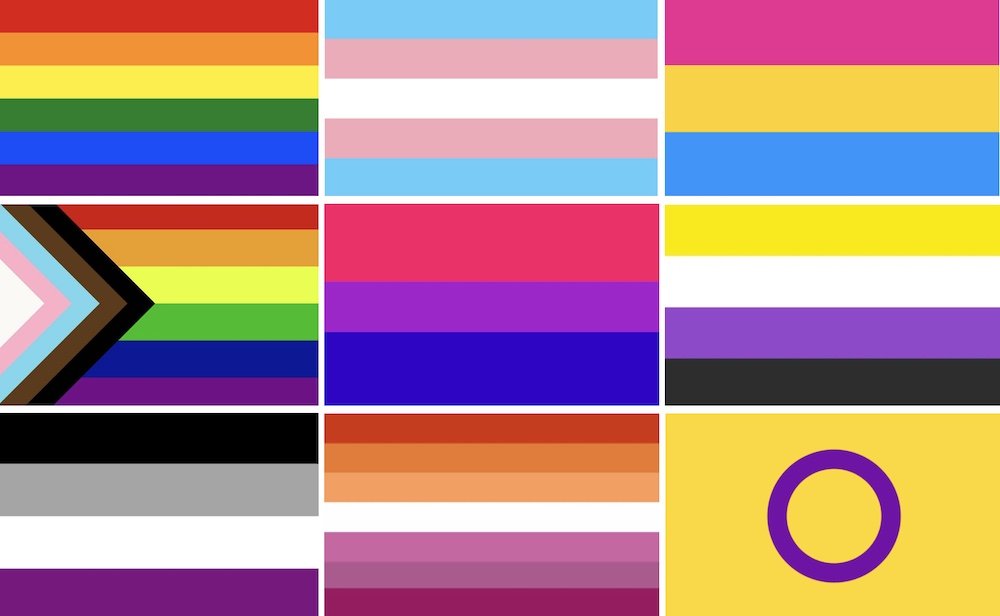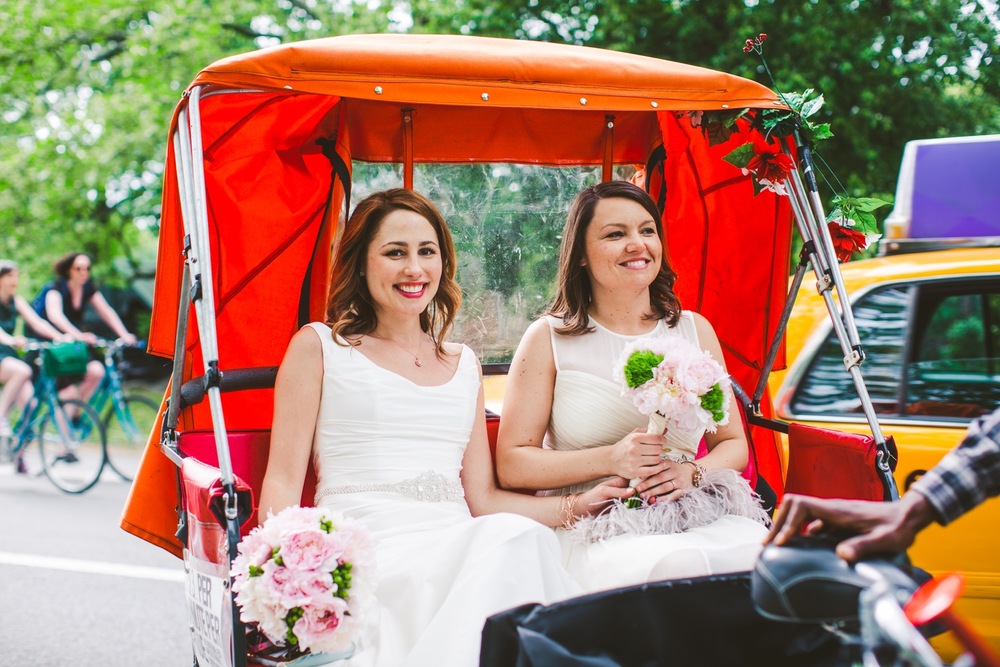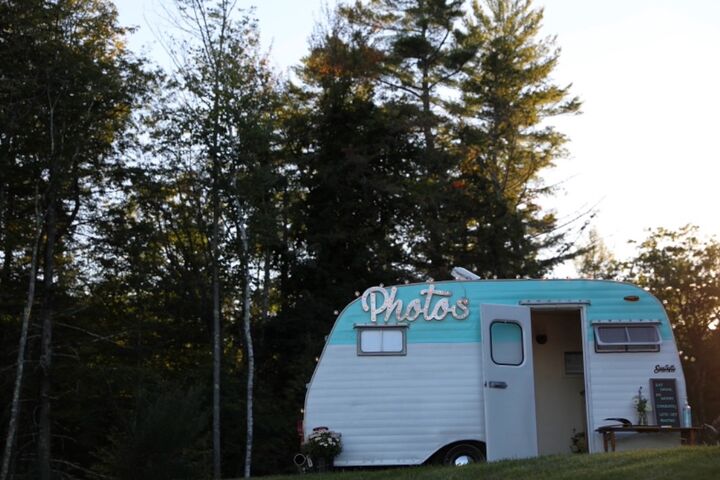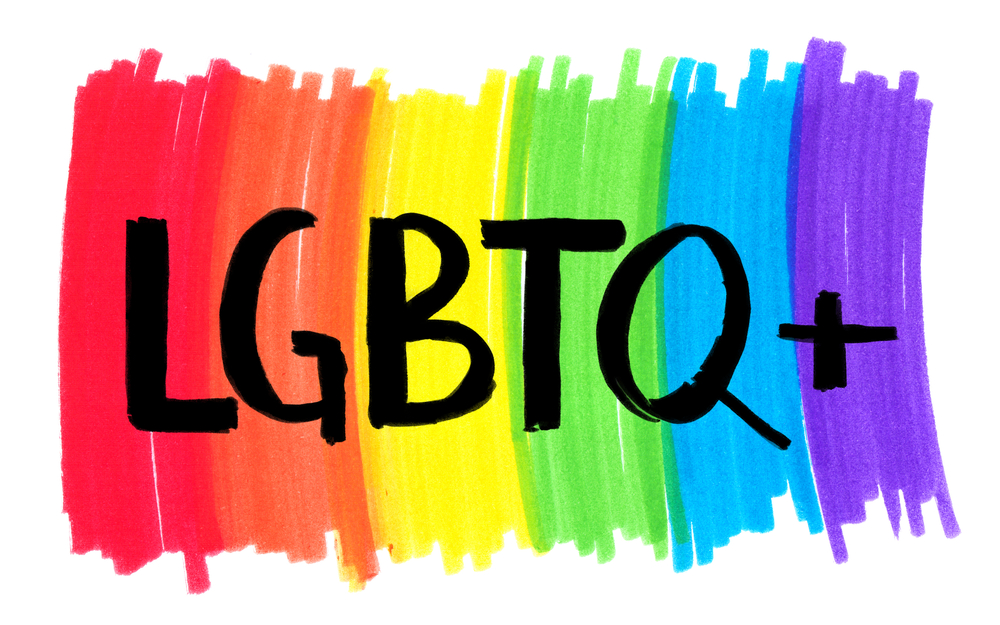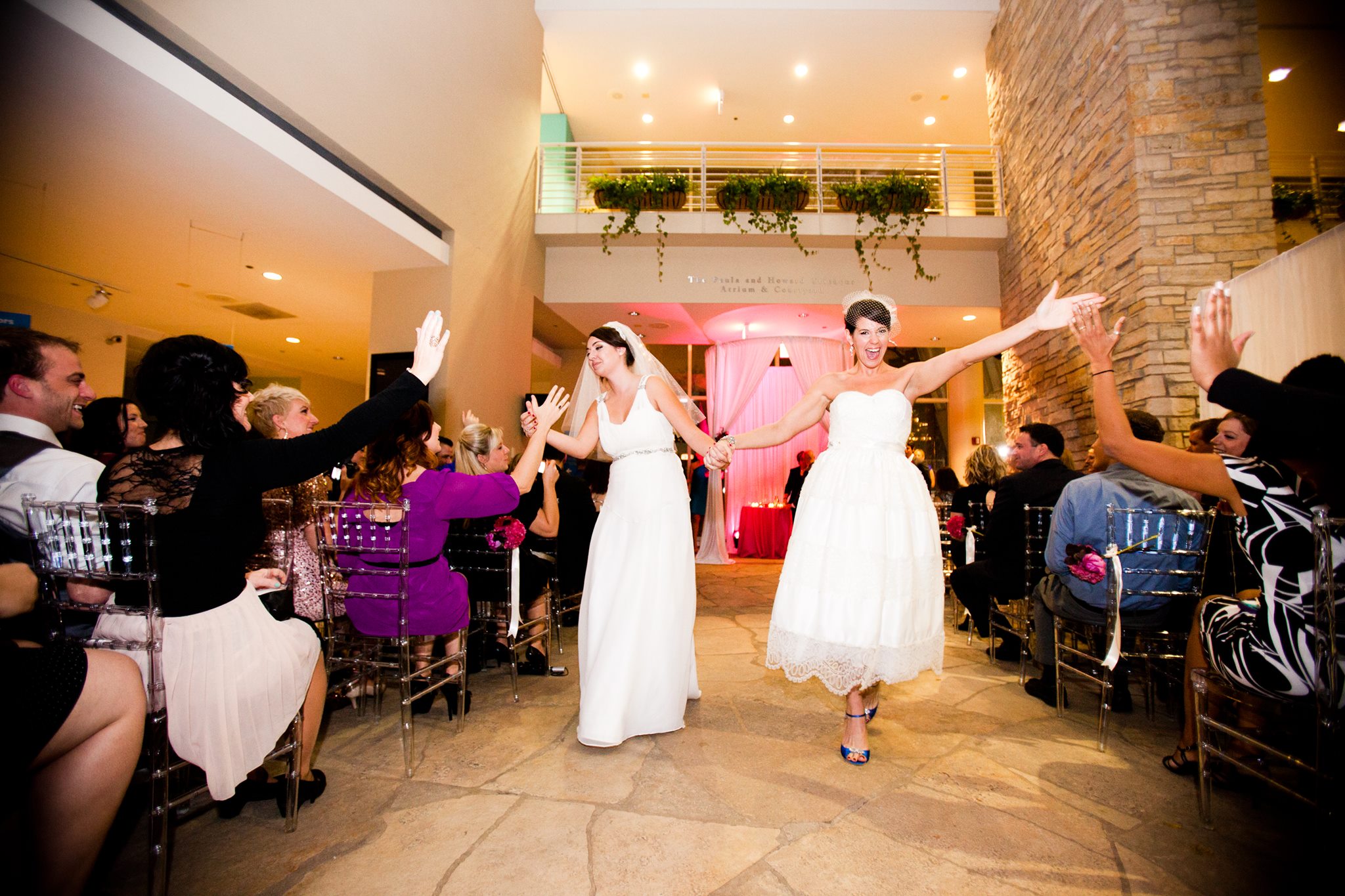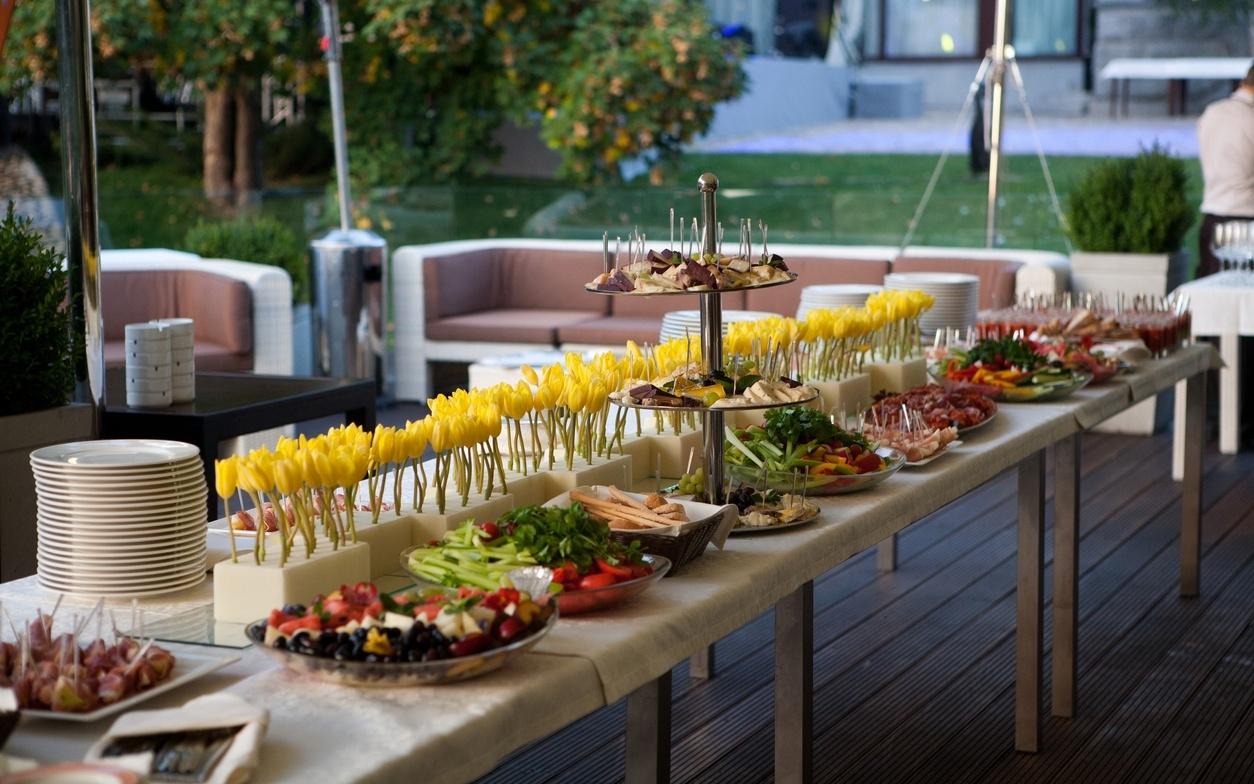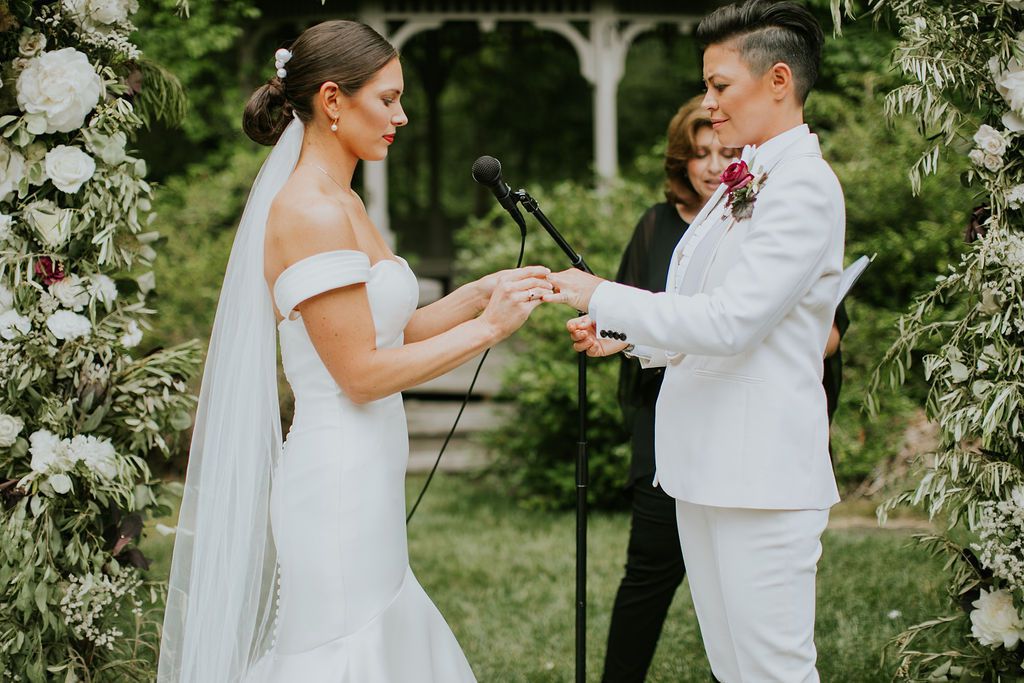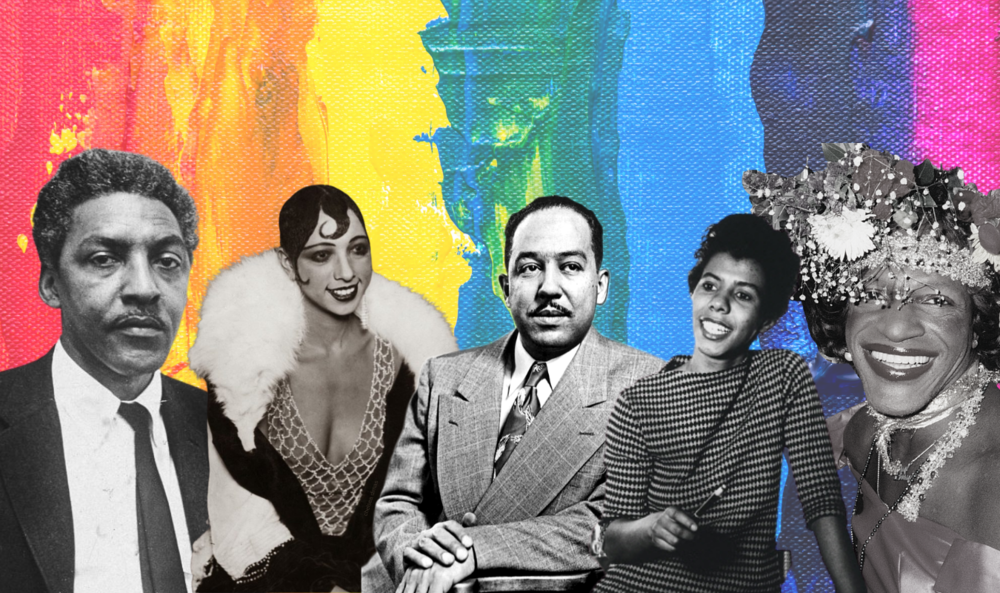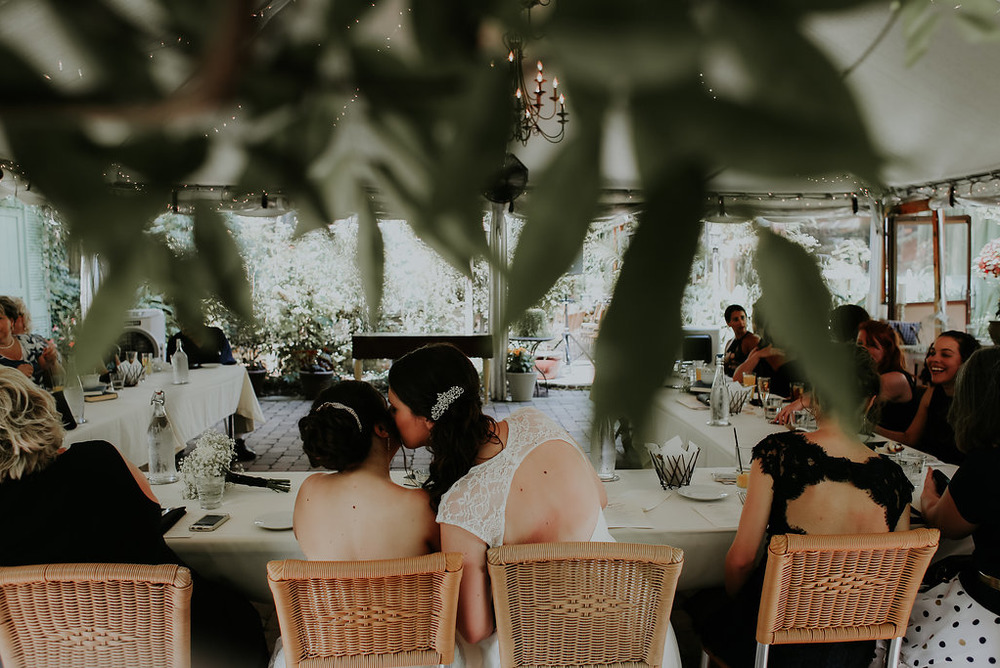THE ULTIMATE GUIDE TO LGBTQ+ PRIDE FLAGS
Gilbert Baker’s rainbow Gay Pride Flag is one of many created over the years to represent LGBTQ people and liberation. Individual communities within the LGBTQ spectrum (lesbian, bisexual, transgender and others) have created their own flags and in recent years, variations on Baker’s rainbow have also become more prominent. “We invest in flags the role of being the single most important icon to represent our countries, our states and our cities, our organizations and our groups,” says vexillologist Ted Kaye, who is also the secretary of North American Vexillological Association. “There’s something about the fabric waving in the air that stirs people.” In light of ongoing conversations about Baker’s flag and whom it represents, here is a guide to flags to know in the LGBTQ community.
HOW TO COUNT EVERYTHING: WEDDING BUDGET BREAKDOWN
It's no secret that one of the trickiest parts of getting hitched is figuring out your wedding budget breakdown (that's why it's step one in our how to plan a wedding step by step guide). So to help you figure out your exact breakdown of wedding costs — and what wedding budget percentages to divide among catering, attire, flowers, music — we surveyed thousands of couples around the country in our report to share their wedding budgets with us — and we're sharing the average wedding budget breakdown here, so you can make the most informed decision for your day.
HISTORICAL LGBTQ FIGURES YOU SHOULD KNOW ABOUT, PART 4
From those you know to those you don’t, these are the queer people whose stories and struggles have shaped the LGBTQ culture and the community as we know it today.
TAKE A PIC: AMAZING BRIGHT AND LGBTQ FRIENDLY PHOTO BOOTHS
Are you looking for the perfect, retro photo booth experience for your wedding, corporate event, or private party? Here our top of friendly LGBTQ photo booths for your wedding ceremony.THE MAINELY CANDID CAMPER Photography is an important part of remembering any special event. Whether it be a wedding, a graduation, or a memorable birthday, having […]
LGBTQ+ WHAT THIS ABBREVIATION MEANS?
LGBTQ is the more commonly used term in the community; possibly because it is more user friendly! You may also hear the terms “Queer Community” or “Rainbow Community” used to describe LGBTQ2+ people. This initialism and the various terms are always evolving so don’t try to memorize the list. The most important thing is to be respectful and use the terms that people prefer
HOW TO HANDLE 2 MOMS AT YOUR LESBIAN WEDDING
If you’re lucky enough to have two happy, engaged mothers supporting you and your fiancée as you plan a lesbian wedding, congrats! But, while it’s sometimes preferable to plan a wedding with the emotional and financial support of parents, it can be tricky when there are two mothers of the brides. Traditionally, the MOB is the second most important lady of the hour at a wedding, with her own set of rituals and time in the spotlight at an opposite-sex wedding. For queer couples with two brides, it can be an awkward tightrope exercise to make sure both MOBs feel celebrated and important during the lesbian wedding planning and on the big day.
HERE THE TOP OF OUR SUPER LGBTQ FRIENDLY WEDDING CATERERS
If you are planning your wedding ceremony, you surely want to know who will be the best for your wedding day. That's why in this article we offer you to find the best LGBTQ friendly wedding caterers team for your ceremony.
MAIN RULES OF WRITING YOUR SPECIAL LGBTQ WEDDING VOWS
Traditional wedding vows can be — how should we say it — heteronormative? The process of writing gay wedding vows can be challenging as you might need to sort through a variety of templates to find some examples that work for your LGBT wedding. On the flip side, as a queer or trans couple, you have a lot of freedom to craft wedding ceremony vows that represent your identity and your relationship without a ton of worry about tradition. In fact, a majority of same-sex couples choose to write their own wedding vows compared with about a third of opposite-sex couples.
HISTORICAL LGBTQ FIGURES YOU SHOULD KNOW ABOUT, PART 3
From those you know to those you don’t, these are the queer people whose stories and struggles have shaped the LGBTQ culture and the community as we know it today.
OH MY, HOW BEAUTIFUL IT IS: LGBTQ FRIENDLY WEDDING VENUES
Planning your wedding ceremony and try your best to make everything perfect? This article can help you to find perfect LGBTQ friendly wedding venue for your wedding.
